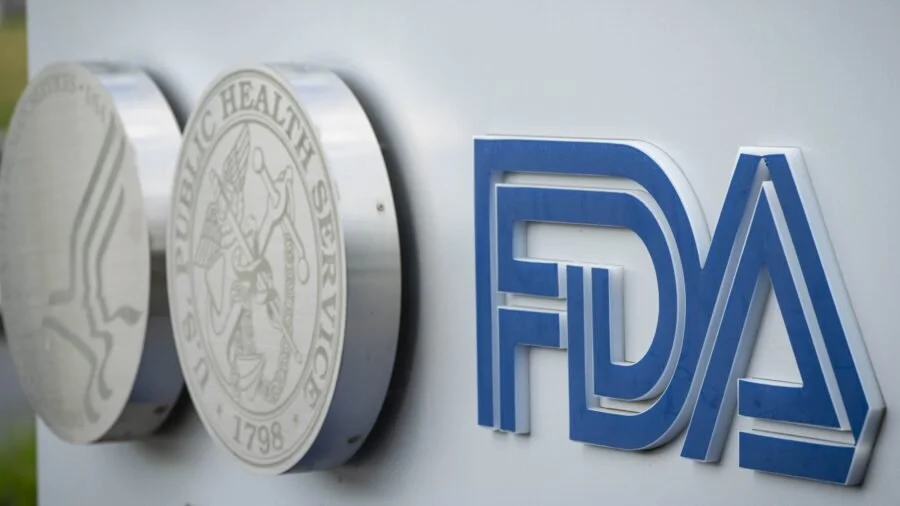In a status report filed March 3rd with the U.S. District Court for D.C., FDA will suspend the implementation of the MOU (Memorandum of Understanding) and engage in a formal rulemaking process. This is a huge win for compounding pharmacies and the industry – the FDA will conduct a formal notice-and-comment rulemaking to implement its MOU with states for interstate shipments of compounds.
Read MoreWhen the Food, Drug & Cosmetic Act (FD&C Act) was passed in 1997, the FDA was expected to draft a memorandum of understanding (MOU) of the interstate distribution of compounds. The MOU was supposed to be endorsed by each state and serve as an interagency consensus on how to track and regulate inordinate amounts of compounds shipped across state lines. A system would be put in place that would help FDA identify, inspect, and assess patient safety of these facilities. Finally, more than 23 years after the FD&C Act was passed, the FDA has released its final draft of the MOU.
Read MoreIn this FDA CDER conversation, Ian F. Deveau, Ph.D., Division Director at FDA CDER, discusses how the agency still continues to see harm come to patients due to improperly compounded drugs. While the New England Compounding Center (NECC) was the most infamous tragedy the compounding industry has seen to date, it is not the only incident on record. Dr. Deveau cites that from 1990 to 2005 there have been over 240 cases of adverse events and deaths linked to poor compounding practices.
Read MoreFDA is keeping a running list of Active Pharmaceutical Ingredient suppliers who are in violation of current good manufacturing practices (CGMP). This is because compounding finished drugs starting from active pharmaceutical ingredients (APIs) presents risks to patients if substandard materials are used. Some of the suppliers named are well-known and respected in the compounding industry.
Read More




